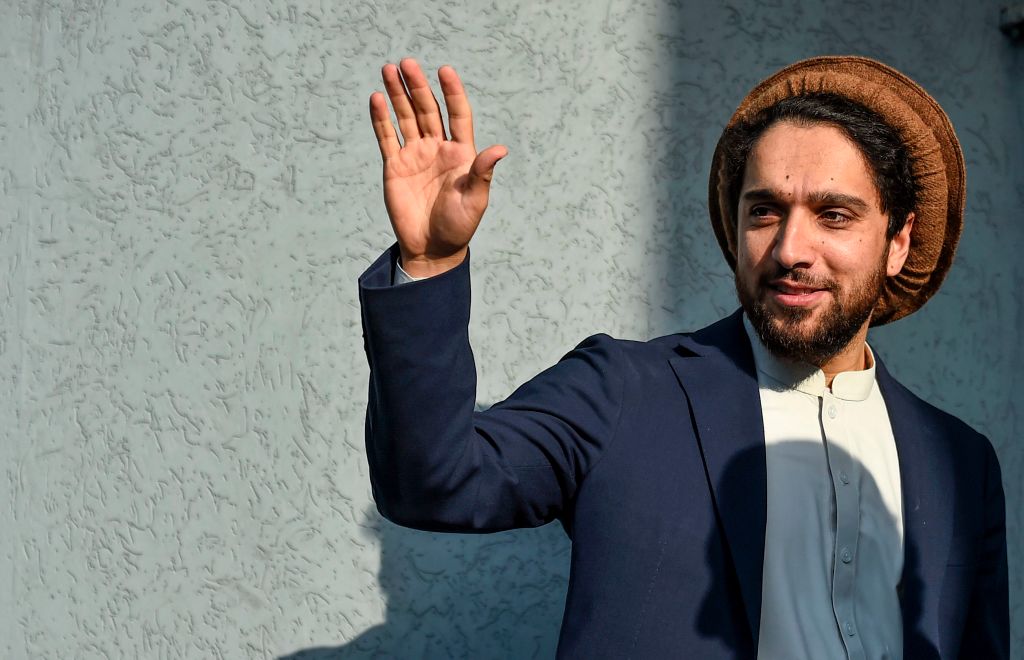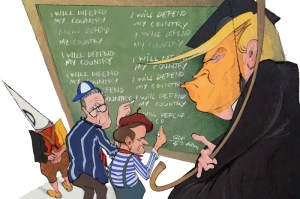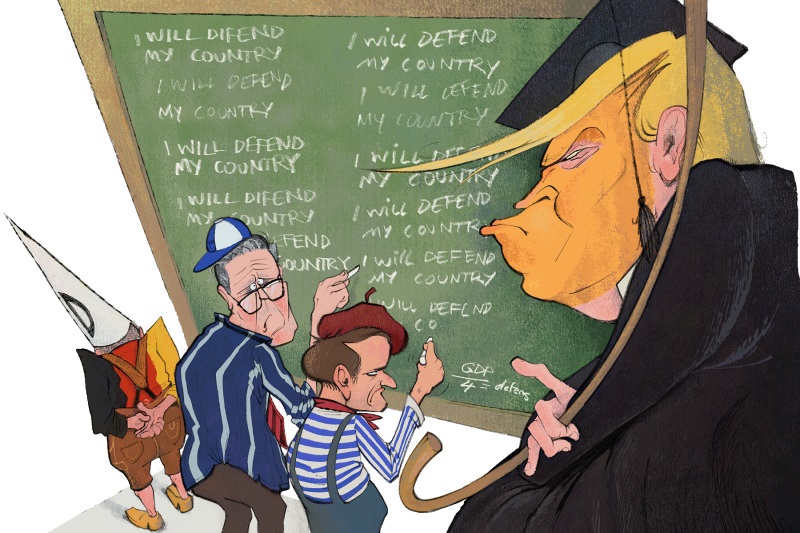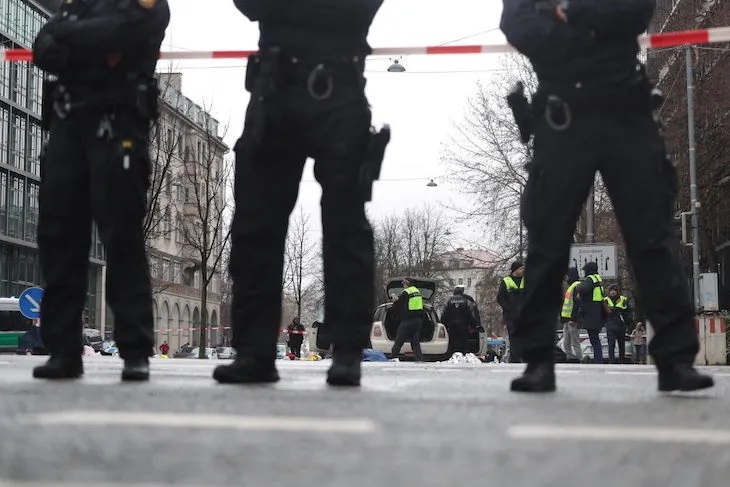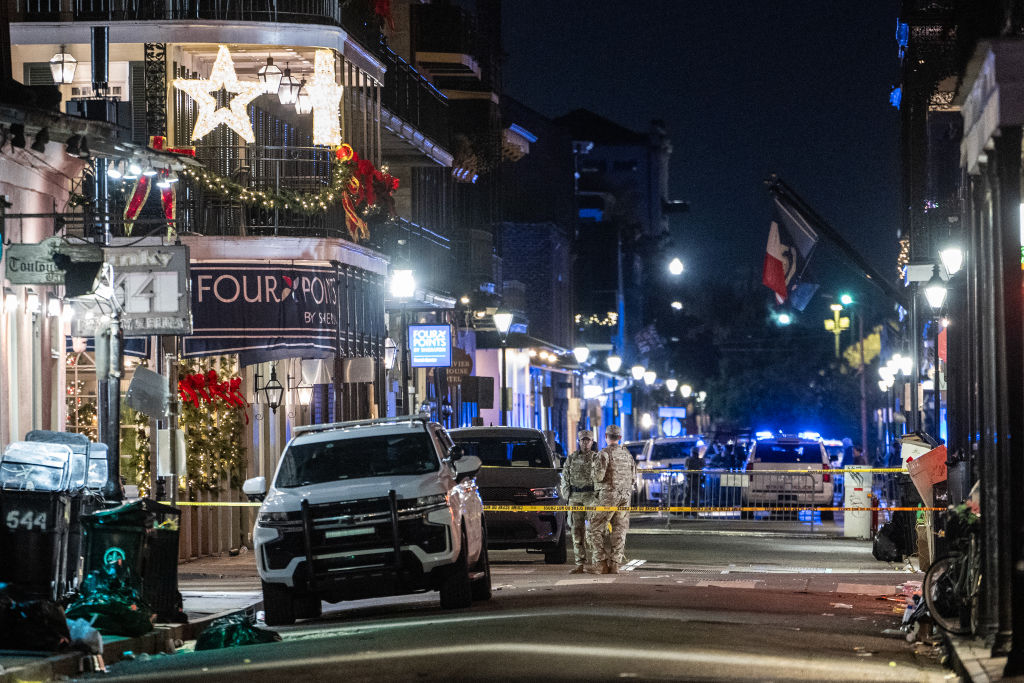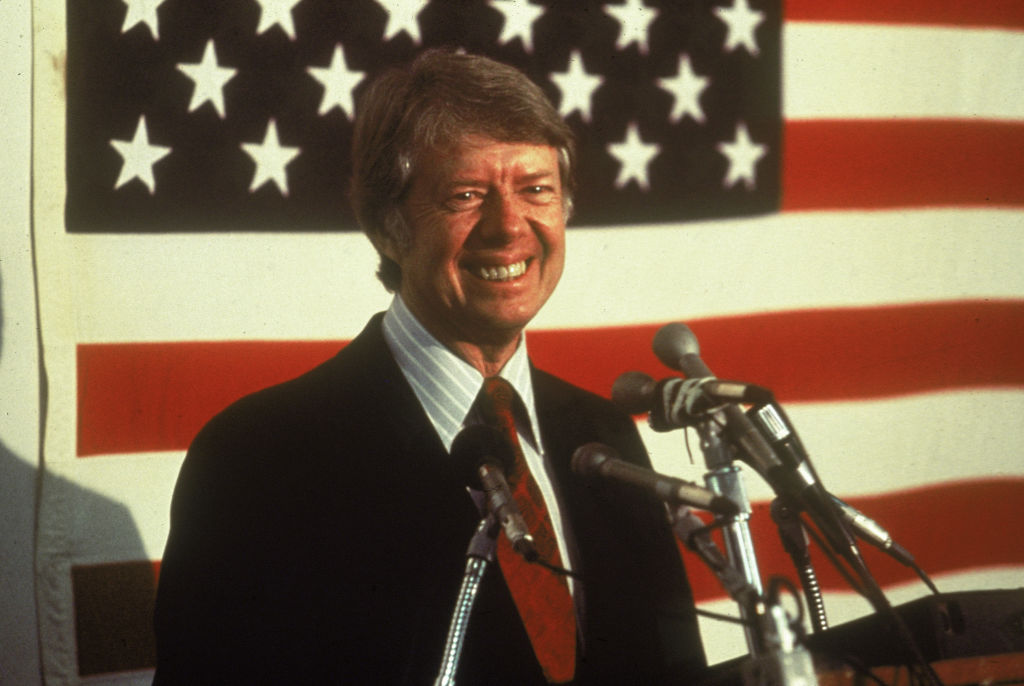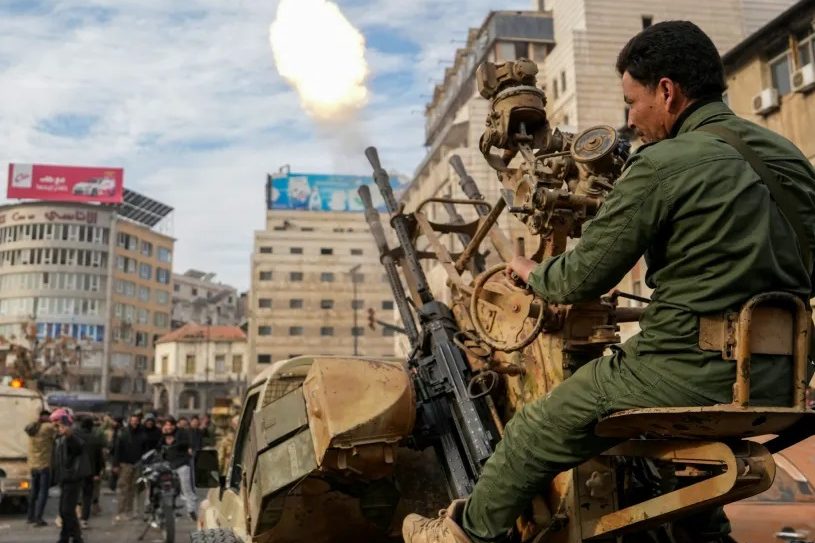The Panjshir valley, about three hours’ drive north of Kabul, has a mythical hold on the Afghan imagination. It is a natural fortress, a long lemon-shaped valley surrounded on three sides by 13,000-foot-high mountain ridges, with the only entrance a narrow road in a deep winding gorge to the south, cut by the Panjshir river. It is a place of stunning beauty, with green fields either side of the river laden with apple blossom in the spring, irrigated by ingenious canals. The walls between the fields, and sometimes the houses themselves, are buttressed with rusting metal war remains — the wheels of a tracked vehicle, armor plating, bridges formed of shell cases.
The war became part of the fabric of Panjshir after seven failed attempts by Soviet forces to take the valley in the 1980s, and Panjshir also held out against the Taliban in the 1990s. This week it earned a new medal of honor in Afghanistan’s long wars, as the only province still standing against the Taliban.
Ahmad Massoud, the son of Ahmad Shah Massoud, the ‘Lion of Panjshir,’ has raised the flag of the National Resistance Front of Afghanistan against the Taliban. He has been joined by vice president Amrullah Saleh, who declared himself president of the Afghan republic after Ashraf Ghani fled the country a week ago. Thousands of soldiers, who were not part of what the former US Afghan commander Gen. David Petraeus called the ‘epidemic of surrender’, have rallied to the resistance banner, alongside irregular militias keen to burnish the legend of Panjshir.
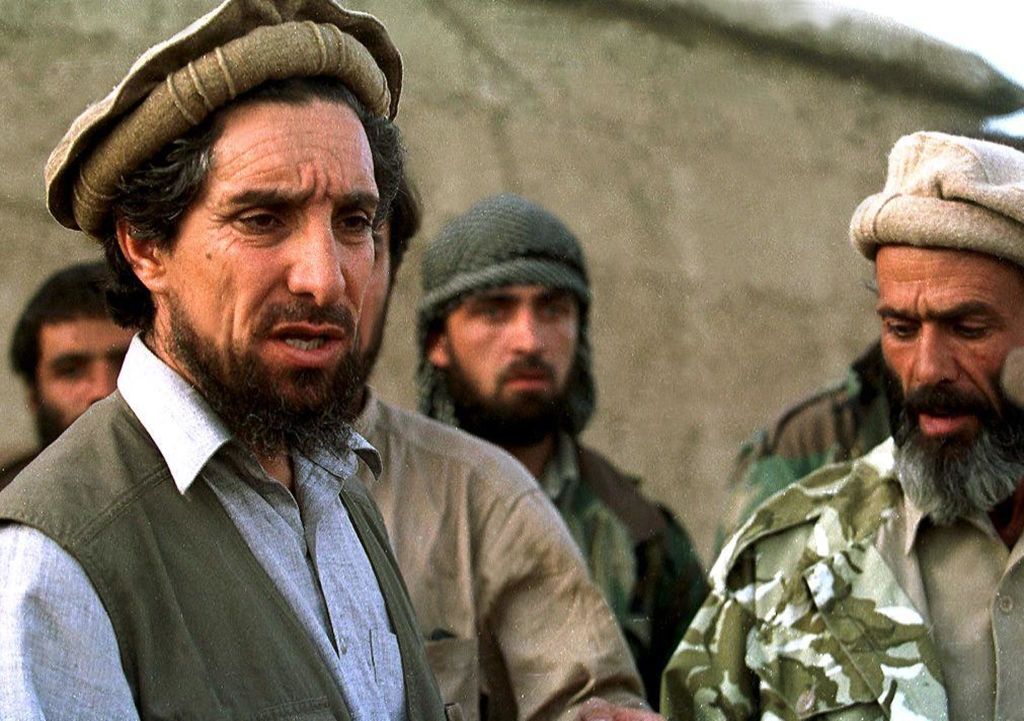
The newly-formed forces have already pushed the Taliban out of three districts to the northwest of Panjshir. The districts, in the subregion of Andarab, are geographically part of the valley and so are perfectly suited to form a defensible perimeter. Taking the regions also showed an intent to widen the footprint of the resistance. This will not be a simple feat. The leadership of the resistance are largely untested. The elder Massoud, who died in 2001, studied and practiced war all his life. While his son has a master’s degree in war studies at King’s College, London, he has no military experience.
The resistance also face a formidable challenge: they are landlocked in an area with no airfield. When the elder Massoud held out against Taliban rule 25 years ago, he also held Badakhshan province to the north, giving him access to the border across the Amu Darya river to Tajikistan. The people of Panjshir are ethnic Tajiks, and already the Afghan ambassador in the Tajik capital Dushanbe has put up President Saleh’s picture and declared himself part of the resistance. Saleh himself worked closely with the CIA in the 1990s, was later head of the Afghan intelligence service, and has good contacts in Tajikistan. It is likely that the first military moves of the resistance will be to break out to the north and control Badakhshan province up to the border.
The area north of Panjshir is a mountainous region with few roads, but the Taliban face the same challenges as the resistance forces. The Taliban have another problem as well: they do not govern with the consent of the Afghan people. In many ways the Taliban 2.0 are worse than first time round, and certainly more unpredictable. There are credible reports of young women being taken from their houses and given to fighters as war booty. This is new. I spent a lot of time in Afghanistan in the late 1990s during the first Taliban administration, and there were no such reports then. It is a tactic copied from Islamic State and other jihadi groups who promote extreme violence and have a more internationalist agenda. These incidents were one reason a huge number of people fled to Kabul to avoid the Taliban advance. There is now nowhere left to run.
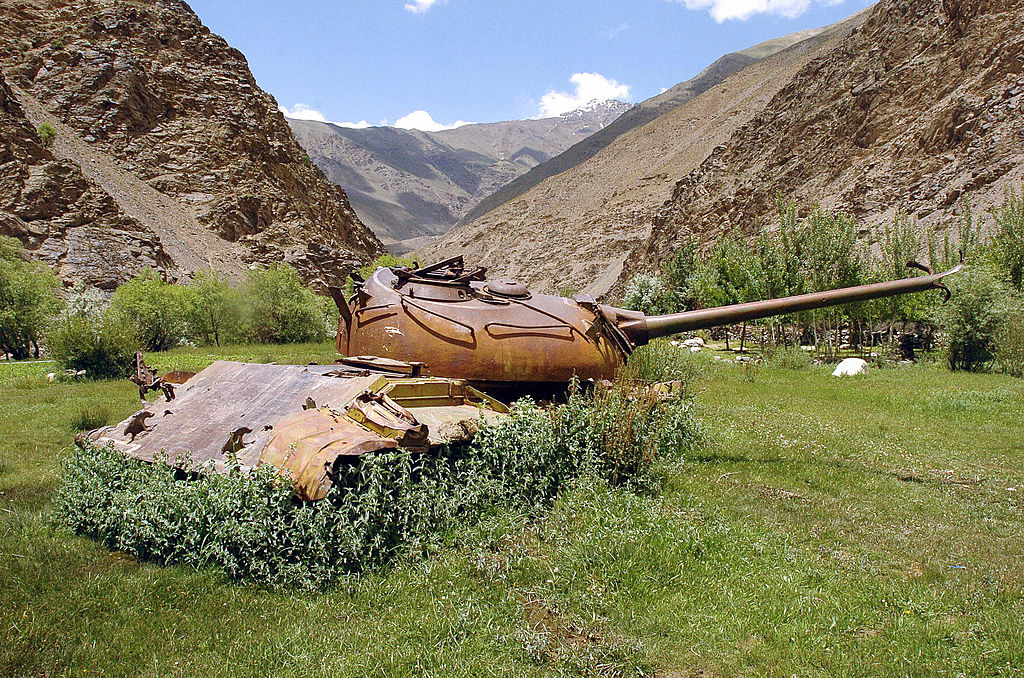
It will be far harder for the Taliban to administer Afghanistan than when they took over in the rubble of a bitter civil war in 1996. It is a far more complex country, more literate, better connected through social media, and with different expectations. It is also a very young country; around half of the population were not born when the Taliban were last in power. Women’s rights have taken hold — and not just in the cities. The last authoritative opinion poll in 2019 put support for the Taliban at less than 15 per cent. On Afghan independence day on Thursday, the anniversary of the deal to end the war with Britain in 1919, the green, red and black Afghan national flag was bravely and defiantly flown in protest across the country, and particularly in the east. The Taliban have replaced it with their white banner, but the national flag has become a rallying symbol for a growing civil resistance movement.
In the early confused days of the Panjshiri National Resistance Front, it is not clear if they are adopting the flag of the republic or of the Northern Alliance, the coalition of forces who battled against the Taliban in the 1990s. These symbols count. The Northern Alliance could be divisive as it was a Tajik-dominated force. If Saleh can promote himself as the head of a broader movement under the Afghan national flag he stands a better chance of success.
There are no reports of Taliban attempts to take the valley — yet. The group are still in conciliatory mode. There have been a remarkable series of meetings between Taliban leaders and leading figures from the former government, including Hamid Karzai, president until 2014, and the leader of the peace process, Abdullah Abdullah, who has even been allowed to continue to use his lavish government-owned Sapedar Palace. They have also formed a ‘conciliation council’ to hand over power to a Taliban administration. This is a fiction. The conciliation council has no power to hand over, and the third leading member, Gulbuddin Hekmatyar, was himself allied to the Taliban until 2016.
The moderate face the Taliban has tried to put forward this past week, through an apparently open press conference and no crackdown on foreign media, is designed to deliver legitimacy for the administration. They crave international recognition, which was not forthcoming when they were last in power. That is why the holdout of Panjshir, and Saleh’s claim to be continuing the Afghan republic, is important. It is states not governments that are recognized, but this can be finessed in the case of rogue regimes. If Saleh can build support and take more territory, then it would be an excuse for western governments not to recognize the Taliban.
Tajikistan will find it hard to give overt support to the National Resistance Movement. Russia still calls the shots in security policy in the region, and Russia has signaled that it will recognize the Taliban government and not support the Panjshiris this time, even though they supported the elder Massoud against the Taliban. The Gulf states — Qatar, the United Arab Emirates and Saudi Arabia — along with Pakistan and China are also expected to recognize the Taliban as soon as it forms a government. This issue could easily be a new international fault line. China received assurances that it could forge new trade routes across the north of Afghanistan, and the Taliban have also promised not to allow Uighur militants safe haven.
As the Taliban go house to house with their lists of names, those who worked with the west and prominent human rights activists are legitimately in fear of their lives. The lists come from a sophisticated intelligence operation, which could point to close collaboration with Pakistan’s military intelligence service, the ISI. Many Taliban speaking Punjabi and Urdu, the languages of northern Pakistan, have been heard. And there are also reports of some fighters who do not speak languages recognized in the South Asia region.
All of this suggests that out of sight of the cameras there are Taliban not following the script when it comes to their leaders’ current charm offensive. Any violence and retribution will only increase support for the resistance. Despite leading the resistance in the north, Ahmad Massoud has said that he is willing to hear what the Taliban have to say, and a number of Panjshiri elders came to Kabul to meet Karzai and Abdullah on Saturday. But Massoud also says he has been collecting weapons ahead of this day for years. Afghanistan’s long war goes on.
This article was originally published on The Spectator’s UK website.



